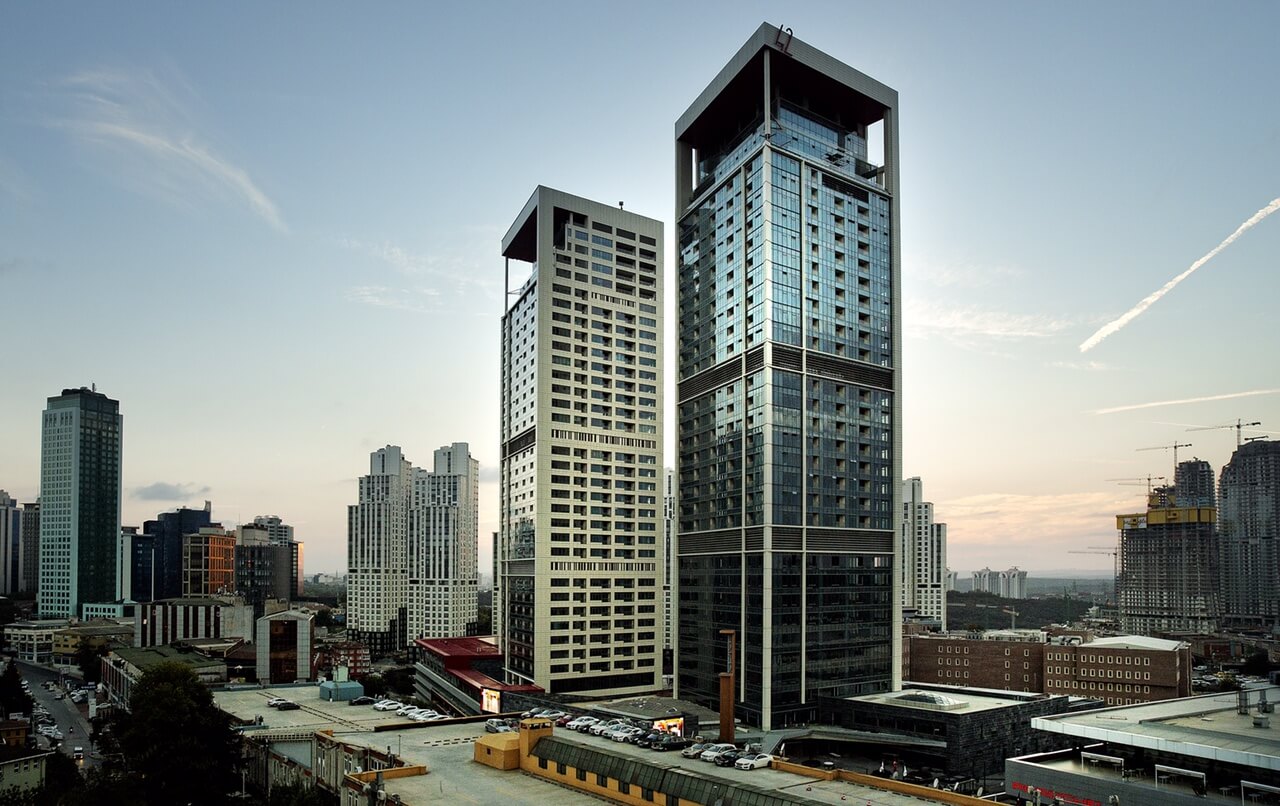Between a church, mosque and museum remains to build “Hagia Sophia” in the Turkish city of Istanbul a major historical, religious and political symbolism over its nearly 1500 years of existence, in addition to being a unique architectural masterpiece and one of the most important artistic monuments in the world.
With the escalation of the controversy over the conversion of Hagia Sophia to a mosque again after a decision of the Supreme Court in Turkey, we get to know the most prominent features of this edifice inscribed on the UNESCO World Heritage List:
From church to church
In 532 CE, the Byzantine Emperor, Justinian I, ordered the construction of the church in Constantinople (present-day Istanbul) on other ruins that were subjected to construction and demolition more than once. It took five years to build the Hagia Sophia Cathedral – which means “divine wisdom” in the Greek language.
Justinian I wanted to prove his superiority over his Roman predecessors by constructing an unprecedented architectural monument.
After the building was completed, historians stated that the Emperor admired the cathedral the moment he entered it: “O Solomon, He excelled upon you,” referring to the Prophet Solomon, who was making fun of the jinn to establish great buildings, according to religious narratives.
The cathedral was built in the form of a large central dome and half circles surrounding the nave. This dome is one of the most prominent landmarks of the building, as the architects wanted to be wider, higher, and more impressive than any dome built before. However, the original dome collapsed as a result of an earthquake in 558 AD, before it was rebuilt and supported by forty columns.
The emperor took advantage of all the possibilities to decorate the building and decorate it, and marble was used in its various colors after it was brought from several regions, and the interior walls were decorated with mosaics of gold, silver, glass, tiles, and parts of colored stones.
Hagia Sophia remained the largest Christian cathedral in the world until the construction of the Seville Cathedral in 1520 AD, it was described as the jewel of Byzantine architecture and was considered one of the most important historical monuments around the world.
Turkey decides to convert Hagia Sophia to a mosque
The Hagia Sophia continued to be the center of the Eastern Orthodox Church for more than 900 years, interspersed between (1204-1261) during which the Crusaders transformed them during their fourth expedition to a Roman Catholic cathedral, before returning again to the Byzantine Empire.
From church to mosque
After the fall of Constantinople in the hands of the Ottomans in late May 1453 AD, the church was converted into a mosque, and Sultan Mehmed II (known as Muhammad Al-Fatih) performed the first Friday prayer after entering the city and that was in the conquest of June of the same year, issuing orders to cover the fees Christian inscriptions.
Over the following years, Islamic architectural features were added to the building, such as the minbar, mihrab, and its four minarets.
The Hagia Sophia, which was dubbed the “Great Mosque”, remained the main mosque in Constantinople, until the construction of the Sultan Ahmed Mosque known as the “Blue Mosque” in 1616, which inspired other architectural features from the cathedral.
Islamic schools have been established attached to the mosque.
Submit your review | |
1 2 3 4 5 | |
Submit Cancel | |









